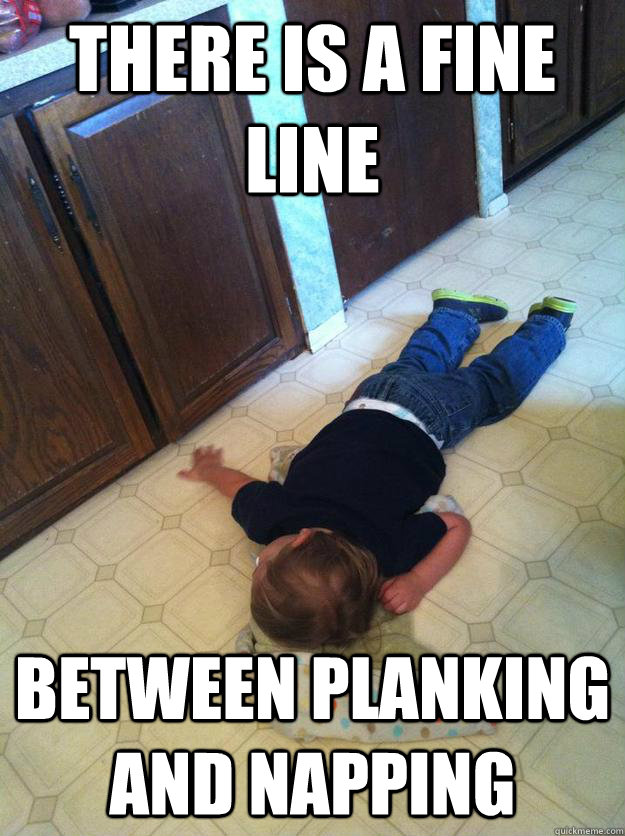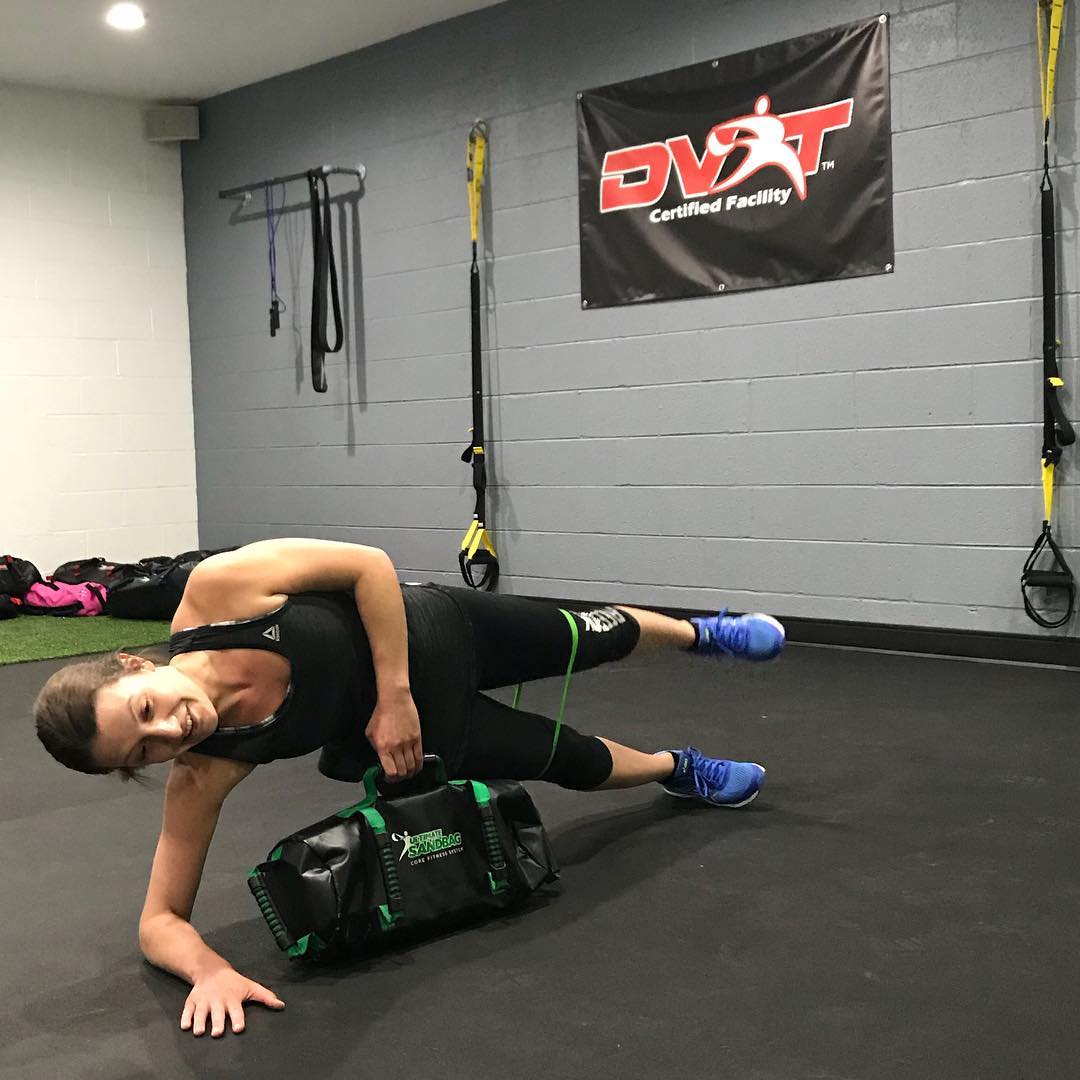To Plank Or Not To Plank
2019-02-13

Jessica Bento, Physical Therapist (creator of DVRT Restoration, DVRT Pelvic Control)

Scroll through any social media feed and I am willing to bet that you will see people down on the ground holding planks. Heck, I have jumped into training sessions where I find myself watching time go by as I am holding a plank.
It has to be one of the most popular body weight exercises out there, but is it really the best way to work the core and do we really need to be holding a plank for minutes at time trying to set some sort of plank record?
You would think being a physical therapist we always know the best ways to move. Ironcially it was transfering a patient as young therapist that caused me to develop a low back injury that I would battle for years.
Doing something that had me lifting in an awkward way taught me that I didn’t know how to use my body as well as I thought. Such situations made me challenge what I thought about core training and being injury resilient as well.
What a great place to start than looking at that true value of the plank.
Don’t get me wrong a plank is a great place to start people, so I do believe it has its place when it comes to teaching people how to brace and stabilize, but holding for minutes at time really isn’t the best way to program planks.

According to Stuart McGill, renowned professor of spine biometrics at the University of Waterloo in Canada, people will see greater gains from doing shorter holds more frequently.
McGill advises three bouts of 10 seconds as the ideal regime, and claims that classes which recommend minutes of planking are not useful. In fact McGill actually utilizes the side plank more often then the traditional plank we tend to see as one of his BIG 3 Exercises for the low back.

DVRT Master Trainer Core Cripe goes through some side plank variations and shows how to progress your tradistional plank:
“There’s no utility to this kind of activity other than claiming a record,” he said…“Basically holding repeated holds of 10 seconds is best for the average person.”
Looking at McGills work helped me to start to look at the plank in new ways. The “bracing” that helps actually stabilize our spine is the most important aspect of the plank. We don’t need to hold it for minutes upon minutes, we need to learn how to stabilize our spine during movement. This is why we need to take the lessons of bracing our core in more functional movements.
The exercises below challenge us to resist movement as we produce it.
https://www.instagram.com/p/Bt0qN-NBzIi/
Foundational lessons of core training that I wish I had know when I first started as a physical therapist . The measure of any good professional though is the willingness to evolve and learn form our own challenges.
Expand what your gym can be! Save 30% on our Force, Power, and Core plus get our DVRT Pelvic Control Course for FREE when you use coupon code “vday” HERE
© 2025 Ultimate Sandbag Training. Site by Jennifer Web Design.






